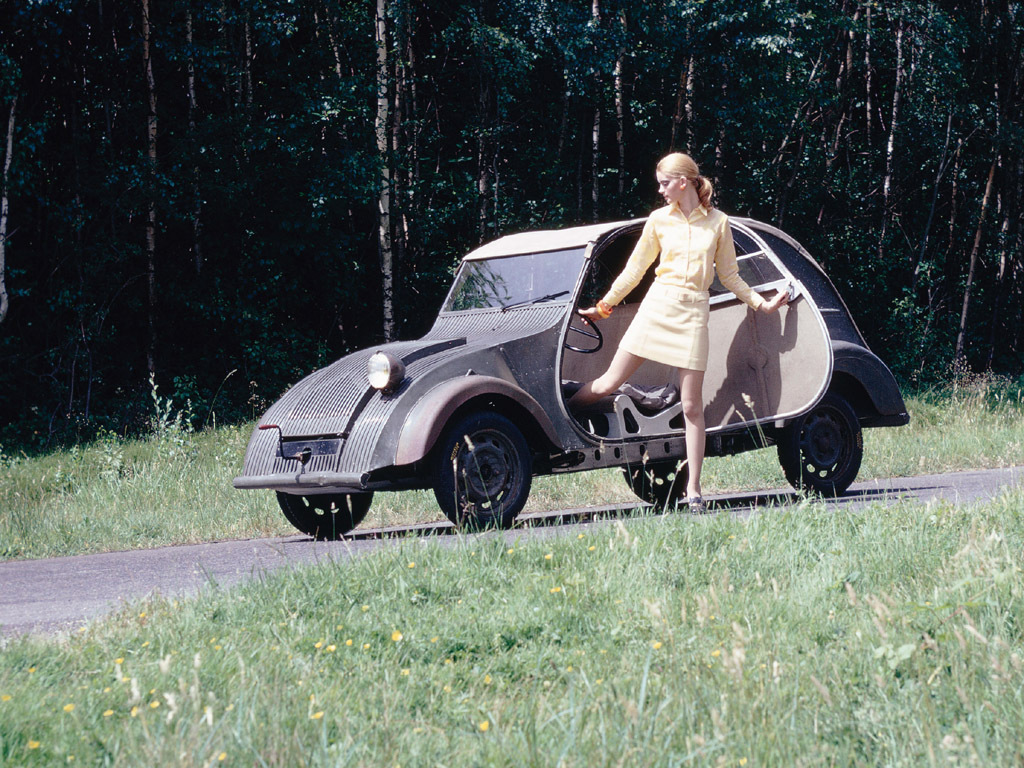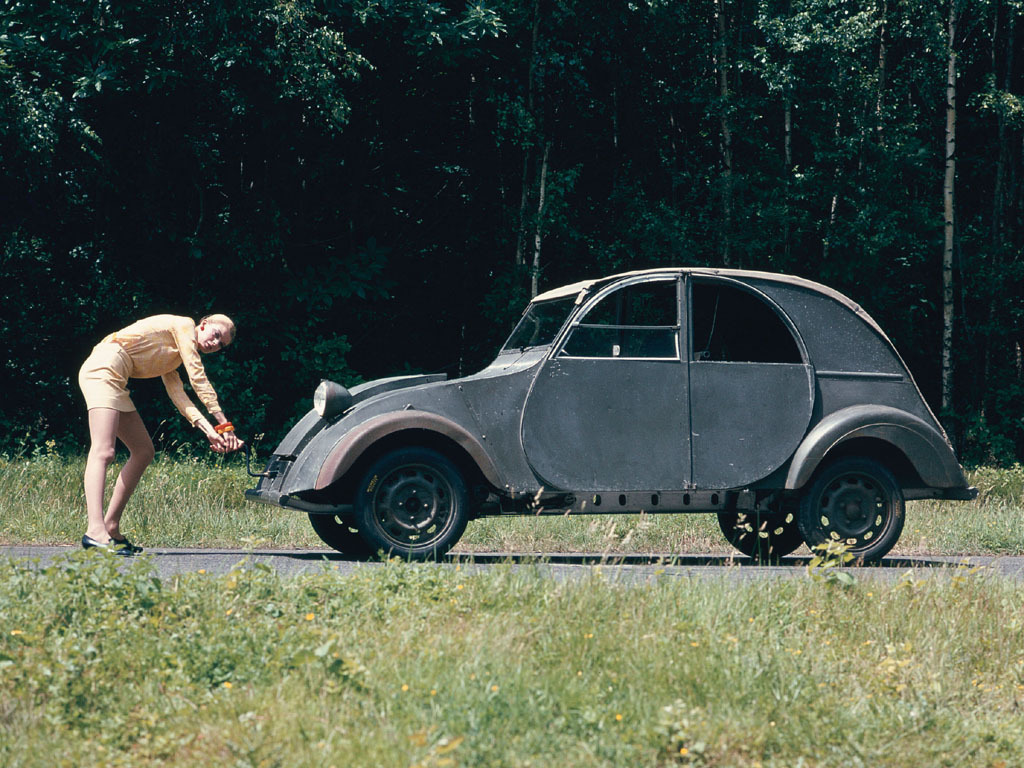"The 2CV was famously conceived by Citroën President Pierre Boulanger to drag the French farming population into the modern era - but in introducing this car he unwittingly created one of the most enduring archetypes of global car culture. "

Citroën 2CV Prototype
the one-eyed monster from 1939 that presaged a Citroën legend
Few individual cars have inspired such love, devotion and geekery than the Citroën 2CV.
As so many of you will know the tiny details of how this car came to be, I won’t try to define things. We just wanted to share these lovely pictures of what appears to be one of the very few (perhaps 4) surviving 1939 prototypes of what became the Citroën 2CV.
One version of the story goes thus. One Pierre-Jules Boulanger, an architect by profession, ran Citroën after the company was acquired by Michelin, initially along with Pierre Michelin and Robert Puiseux. After the former’s death in a car crash in 1937 he ran the company until 1950.

Boulanger was the man responsible for the concept of the TPV – the ’Trés Petit Voiture’. Apparently Boulanger realised the need for such a small, reliable, durable and cheap car while observing local farmers who used horses and carts and bicycles in order to get their produce to market. He, so the story goes, envisaged a cheap, minimalistic, low maintenance wagon in which all extraneous and unnecessary components were to be deleted – and which of course could run over the rough tracks and field of the French countryside.

The one-eyed concept you see here was of course different from the first production cars, but the basic structure was nailed early on. A flat twin engine. Interconnected running gear. The basic shed-like silhouette made rigid, yet very lightweight, by the use of corrugated metal panels.
Apparently in 1939 and 1940 as many as 250 of these cars were built, but it seems that only two survived the Nazi invasion of France – and one was, according to reports, sent to Wolfsburg where an underwhelmed Dr. Porsche declared it a ‘soapbox jalopy’.
There’s a certain steampunk modernist panache about this totemic vehicle – and the modelling pictures, probably from the mid-late sixties, only heighten the affectation.
CLICK TO ENLARGE















